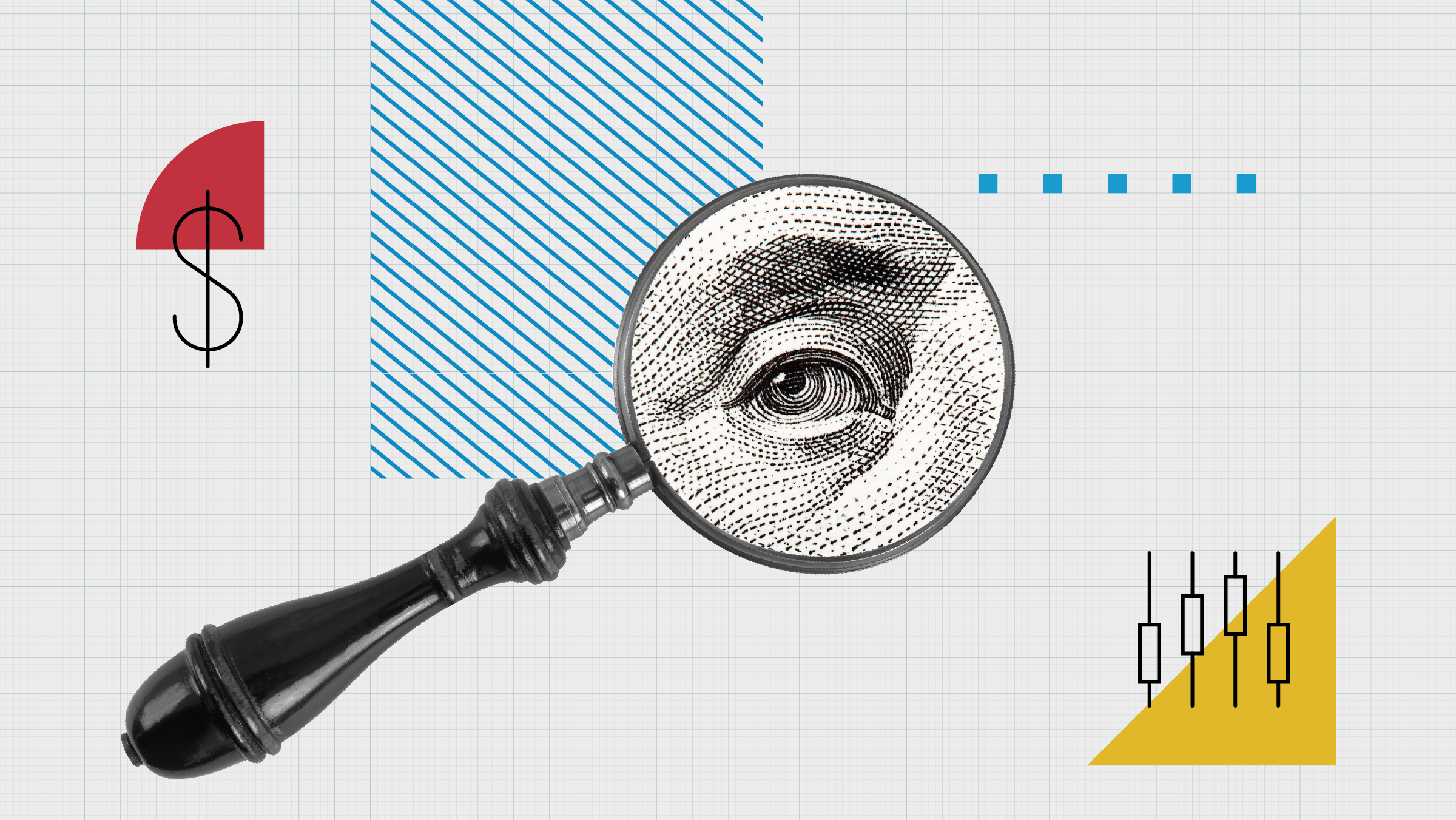Emerging market bonds became an attractive option for income investors in the lower yielding environment of the past seven years. But BlackRock says their popularity will continue even as US interest rates rise.
“When interest rates go higher as we move from unconventional monetary policy to normalisation, the prospect for making positive returns in low yielding assets becomes very complex, which in turn benefits emerging market and high yield bonds,” said Sergio Trigo Paz, head of emerging market debt at BlackRock.
“The Federal Reserve has already increased rates twice in the past few months and they have the option to do two or three more hikes this year, depending on the outlook. The European Central Bank is on track to raise rates too.”
Paz expects it will take the next five years for global central banks to transition from current quantitative easing policies to normalisation. This suggests that the popularity of emerging market bonds will continue over this period as well.
Pierre-Yves Bareau, chief investment officer of emerging market debt a JP Morgan agreed, saying that a gradual path towards higher interest rates, bolstered by solid economic growth, is a fairly benign backdrop for emerging market debt.
Further tailwinds come from an unlikely source. New US President Donald Trump has promised to spend more on infrastructure, which will mean good news for emerging market commodity exporters – and in turn good news for emerging market debt issuance.
In terms of specific countries, Paz is selling bond from Mexican and Turkey buying South Africa, Brazil and Argentina.
Billions Flows into Emerging Market Debt ETFs
Flows into emerging market fixed income exchange-traded funds have swelled from $1.5 billion in January to $2.7 billion in February globally, according to Morningstar Direct.
More recent data provided by BlackRock revealed that year to date, emerging market debt ETFs have attracted $6.2 billion inflows worldwide. In 2016, emerging market debt ETFs saw $11.1 billion inflows.
“We have a wall, but not the Mexican wall. We have a wall of money coming into emerging markets debt,” said Paz.
Although there are signs of momentum in emerging market fixed income, protectionism remains the biggest threat to emerging market debt returns, said Paz. Protectionism policies such as increasing border taxes and tariffs will threaten the earnings of manufacturing companies based in emerging markets that export goods to the US.
“If the US goes takes a protectionist stance towards trade, so will Europe and other counties. So when trade is negative, it will be negative for manufacturers in emerging markets. This is not necessarily the story today, but it might revive later,” said Paz. Against that backdrop, Paz advised investors to be selective and flexible in asset allocation when investing in emerging market bonds.
Top Emerging Market Debt ETFs
For investors who are looking to invest in emerging market bond ETFs, three of them rated by Morningstar analysts.
iShares J.P. Morgan $ EM Bond UCITS ETF (IEMB) receives a Silver Rating by Morningstar passive analysts. Jose Garcia-Zarate, associate director of European passive funds research with Morningstar said this ETF is a compelling proposition for investors seeking broad-based exposure to USD-denominated emerging-markets sovereign bonds. The index that this ETF tracks is well diversified, limiting the weightings of countries with higher debt outstanding, said Garcia-Zarate.
“Active bets on emerging-markets debt remain fraught with risks and volatility, whereas a geographical broad-based and low-cost passive approach seems to help balance these out over the long term. This has translated into a comparatively more stable and less risky returns profile for passive funds, and we would expect this to remain so in the future,” said Garcia-Zarate. The ETF’s ongoing charge of 0.45% may not be the lowest for this passive market exposure but is very competitive within the wider context of its Morningstar Category, Garcia-Zarate added.
SPDR Barclays Emerging Markets Local Bond ETF (EMDD) receives a Silver Rating from Morningstar analysts while iShares Emerging Market Local Government Bond ETF (IEML) is Bronze Rated by analysts.































